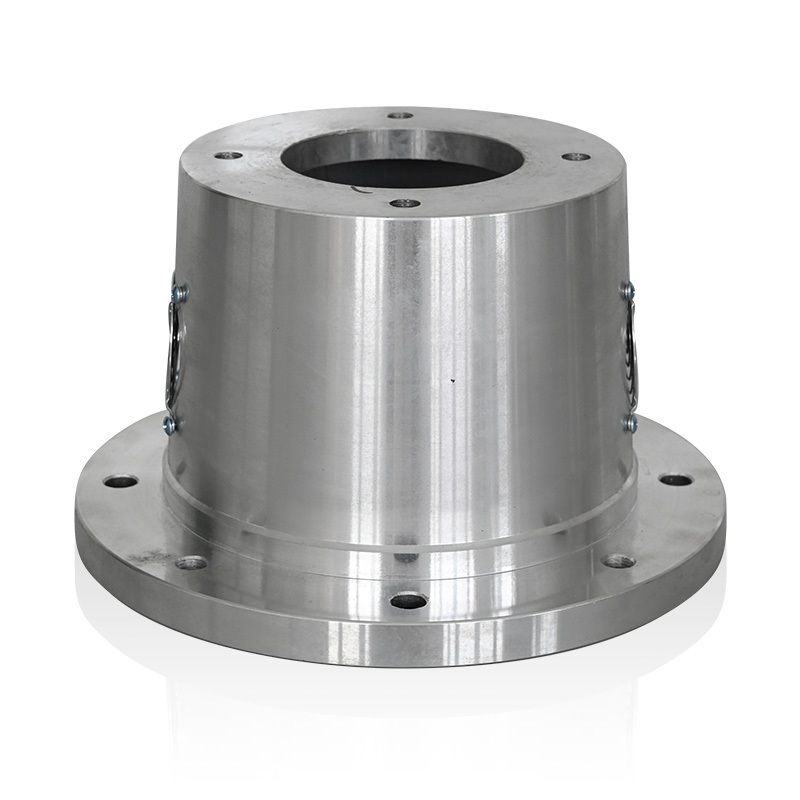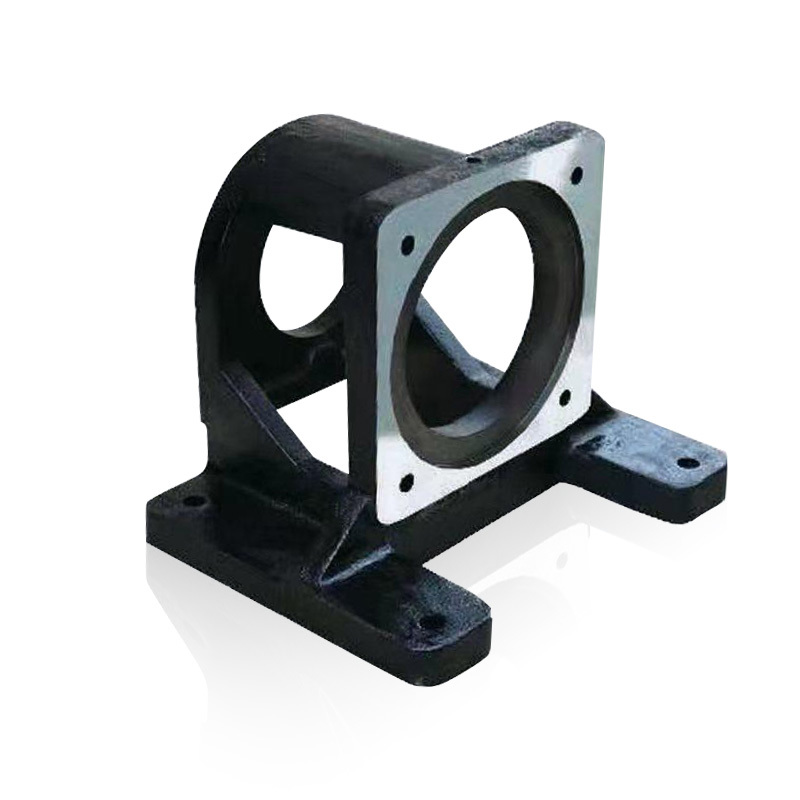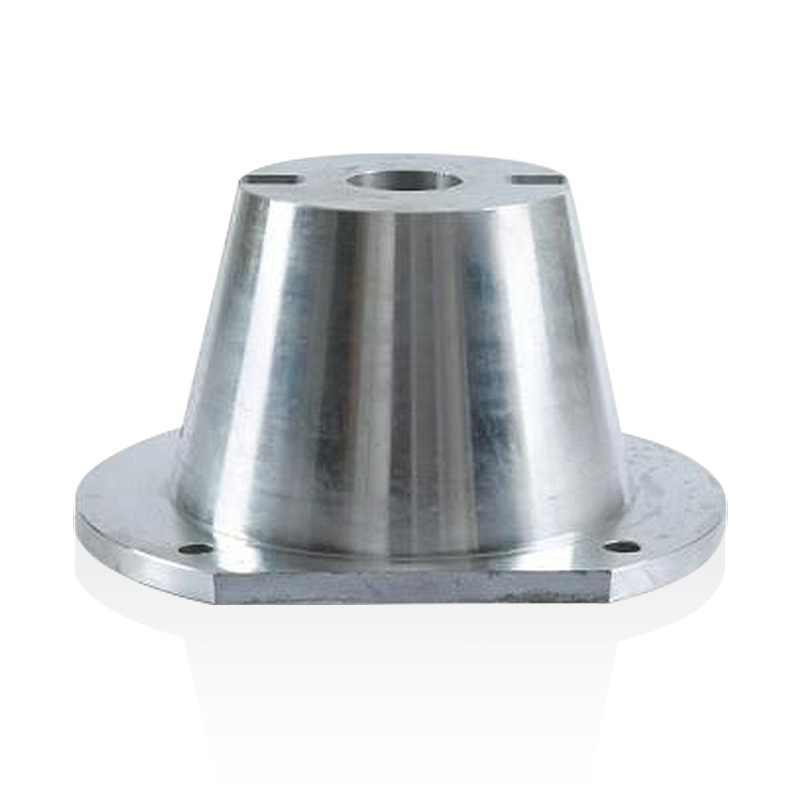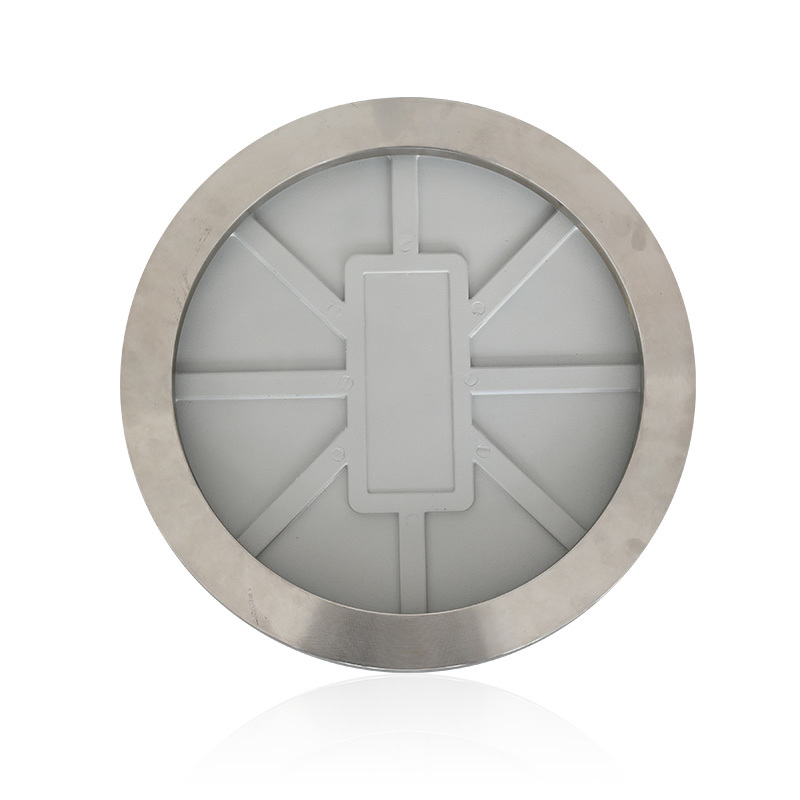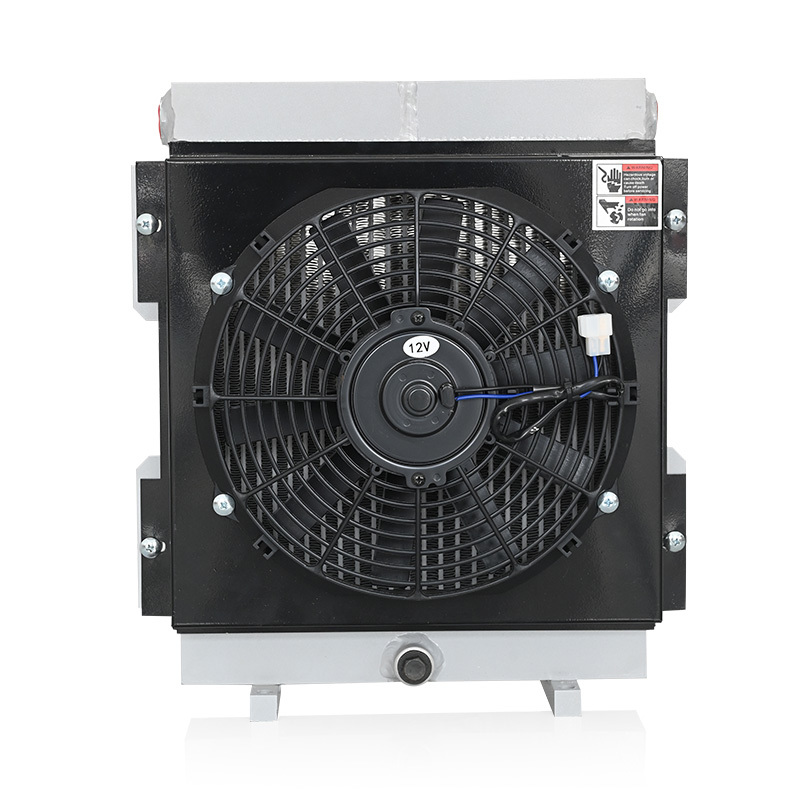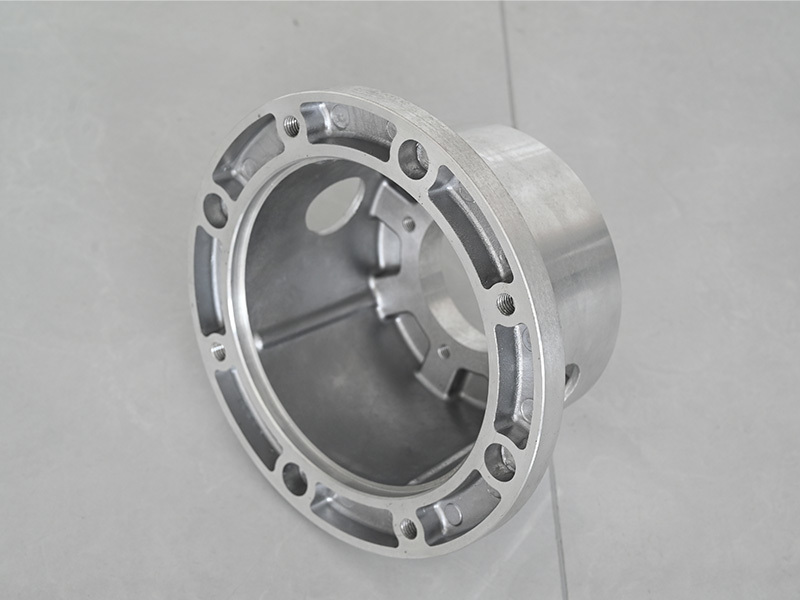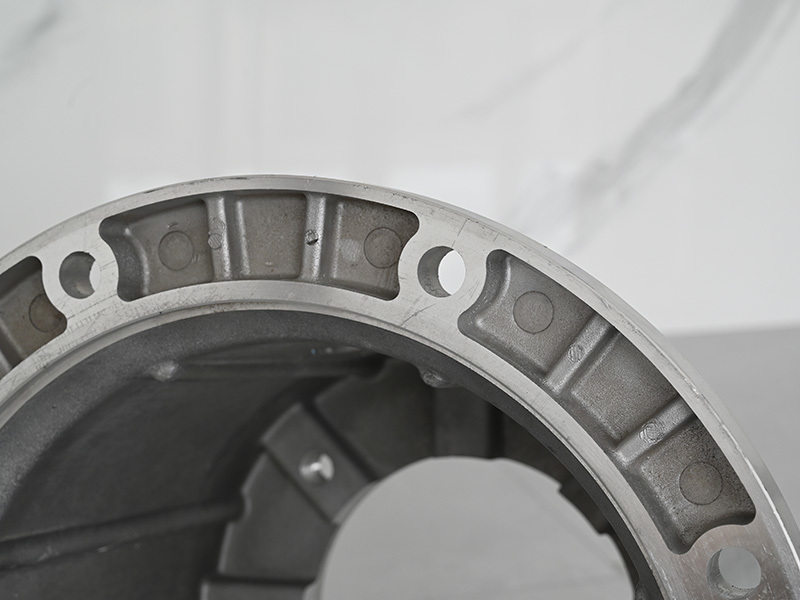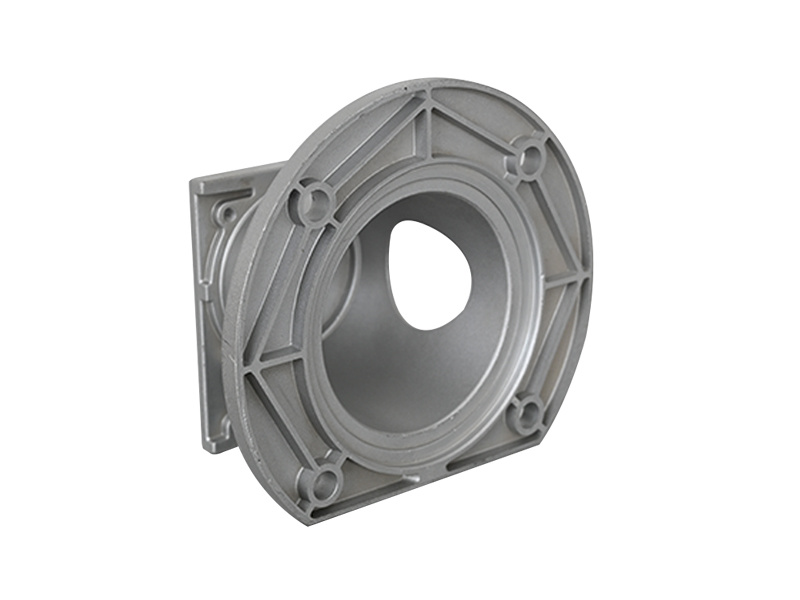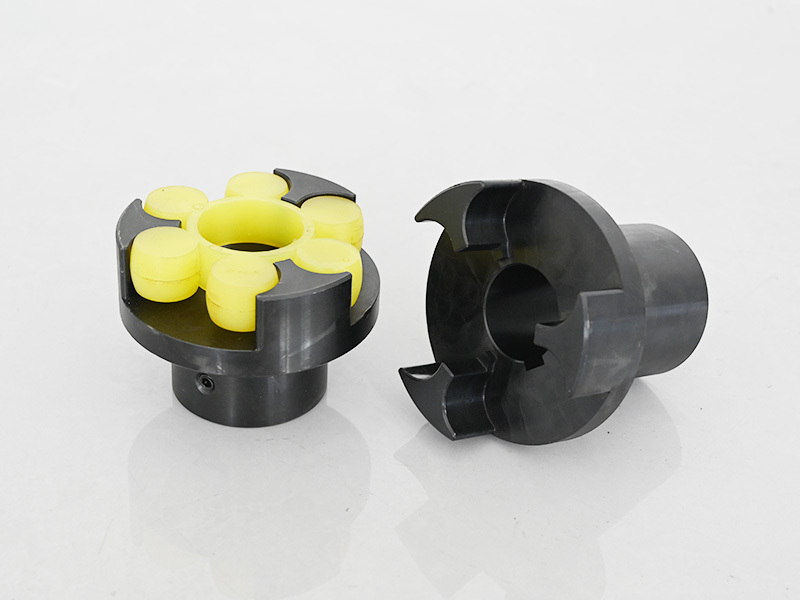Enhancing Performance with Aluminum Alloy Bell Housings in Hydraulic Applications
Release Time:
Jul 12,2025
Enhancing Performance with Aluminum Alloy Bell Housings in Hydraulic Applications Table of Contents Introduction to Aluminum Alloy Bell Housings Benefits of Aluminum Alloy Bell Housings Common Applications in Hydraulic Systems Key Material Properties of Aluminum Alloys Manufacturing Processes for Aluminum Alloy Bell Housings Enhancements in Performance and Efficiency M
Enhancing Performance with Aluminum Alloy Bell Housings in Hydraulic Applications
Table of Contents
- Introduction to Aluminum Alloy Bell Housings
- Benefits of Aluminum Alloy Bell Housings
- Common Applications in Hydraulic Systems
- Key Material Properties of Aluminum Alloys
- Manufacturing Processes for Aluminum Alloy Bell Housings
- Enhancements in Performance and Efficiency
- Maintenance and Care for Aluminum Alloy Components
- The Future of Aluminum Alloys in Hydraulic Applications
- Conclusion
- Frequently Asked Questions
Introduction to Aluminum Alloy Bell Housings
In the realm of hydraulic applications, the choice of materials plays a crucial role in performance and reliability. **Aluminum alloy bell housings** have emerged as a game changer in this field, offering a unique combination of strength, lightweight characteristics, and resistance to corrosion. These attributes make aluminum alloys particularly well-suited for hydraulic systems, which demand high performance under varied operating conditions.
The integration of aluminum alloy bell housings in hydraulic applications not only enhances overall performance but also contributes to energy efficiency and longevity. In this article, we will delve deeper into the multitude of benefits offered by these components, explore their applications, and discuss their material properties in detail.
Benefits of Aluminum Alloy Bell Housings
Utilizing aluminum alloy bell housings in hydraulic applications provides several significant benefits:
1. Weight Reduction
One of the most substantial advantages of aluminum alloys is their lightweight nature compared to traditional materials such as steel. This reduction in weight leads to improved energy efficiency in hydraulic systems, as less power is required to operate the machinery.
2. Corrosion Resistance
Aluminum alloys exhibit excellent resistance to corrosion, making them ideal for use in environments where exposure to moisture and chemicals is common. This characteristic helps extend the lifespan of hydraulic components, reducing maintenance costs over time.
3. Enhanced Thermal Conductivity
Aluminum has superior thermal conductivity, which aids in heat dissipation within hydraulic systems. This property prevents overheating and ensures consistent operation, enhancing overall system efficiency.
4. Design Flexibility
The malleability of aluminum alloys allows for intricate designs and customizations, enabling manufacturers to create bell housings that meet specific application requirements without compromising strength.
5. Cost-Effectiveness
While the initial investment in aluminum alloy bell housings may be higher than that of standard materials, the long-term savings associated with reduced wear, less maintenance, and energy efficiency can lead to lower overall costs.
Common Applications in Hydraulic Systems
Aluminum alloy bell housings are employed in a wide range of hydraulic applications, including:
1. Automotive Industries
In automotive hydraulics, lightweight components are critical for performance. Aluminum alloy bell housings are utilized in systems such as power steering and braking systems, where reducing weight can lead to improved handling and fuel efficiency.
2. Industrial Machinery
In manufacturing and industrial settings, hydraulic systems are prevalent. Aluminum bell housings are favored for their durability and efficiency, especially in high-volume production environments.
3. Aerospace Applications
The aerospace sector demands components that are both lightweight and robust. Aluminum alloy bell housings are commonly used in hydraulic systems controlling aircraft braking and flight control mechanisms.
4. Agricultural Equipment
In agricultural machinery, hydraulic systems are essential for tasks such as lifting and steering. Using aluminum alloy components enhances performance, ensuring that the equipment can handle demanding conditions.
Key Material Properties of Aluminum Alloys
Understanding the material properties of aluminum alloys is essential to appreciate their suitability for hydraulic applications. Key properties include:
1. Strength-to-Weight Ratio
Aluminum alloys provide an exceptional strength-to-weight ratio, making them ideal for applications where both strength and weight savings are critical.
2. Ductility
The ductile nature of aluminum alloys allows for easy shaping and forming during manufacturing processes, ensuring that the resulting components meet precise specifications.
3. Fatigue Resistance
Aluminum alloys exhibit excellent resistance to fatigue, which is particularly important in hydraulic systems that experience cyclic loading.
4. Weldability
The ability to weld aluminum alloys effectively facilitates repair and modification processes, enhancing the overall lifecycle management of hydraulic systems.
Manufacturing Processes for Aluminum Alloy Bell Housings
The production of aluminum alloy bell housings involves several steps, each critical in ensuring the final product meets quality standards.
1. Material Selection
Choosing the right aluminum alloy is the first step in manufacturing bell housings. Different alloys have unique properties that may be leveraged based on the specific application requirements.
2. Machining and Forming
Aluminum alloys can be machined or formed using various techniques. CNC machining, forging, and casting are common processes employed to create bell housings with precise dimensions and tolerances.
3. Surface Treatment
To enhance corrosion resistance and durability, surface treatments such as anodizing are often applied. This process also improves the aesthetic appearance of the finished product.
4. Quality Control
Final inspection and testing are critical to ensure that the aluminum alloy bell housings meet the necessary performance standards before they are deployed in hydraulic systems.
Enhancements in Performance and Efficiency
Implementing aluminum alloy bell housings in hydraulic applications leads to significant performance improvements:
1. Increased System Efficiency
The lightweight nature of aluminum reduces the overall weight of hydraulic systems, leading to enhanced efficiency and performance during operation.
2. Improved Responsiveness
With faster actuation times due to reduced inertia, aluminum alloy bell housings allow hydraulic systems to respond more quickly to operational demands.
3. Lower Operating Temperatures
The enhanced thermal conductivity of aluminum serves to lower operating temperatures within hydraulic systems, promoting stable and efficient performance.
Maintenance and Care for Aluminum Alloy Components
To ensure the longevity of aluminum alloy bell housings in hydraulic systems, regular maintenance is essential:
1. Routine Inspections
Periodic inspections help identify signs of wear or damage, enabling timely interventions to prevent more significant issues.
2. Cleaning
Keeping aluminum surfaces clean prevents corrosion and ensures optimal performance. Use non-corrosive cleaning agents to avoid damage to the material.
3. Lubrication
Ensure that moving parts within hydraulic systems are adequately lubricated to reduce friction and wear, enhancing the lifespan of aluminum components.
The Future of Aluminum Alloys in Hydraulic Applications
As technology continues to advance, the utilization of aluminum alloys in hydraulic applications is expected to grow. Innovations in alloy compositions and manufacturing techniques will further enhance their properties, leading to even greater performance benefits. The ongoing demand for lightweight, durable materials in various industries will drive research and development in this field.
Conclusion
Aluminum alloy bell housings represent a significant advancement in hydraulic applications, offering numerous benefits, including weight reduction, corrosion resistance, and enhanced thermal management. As industries continue to seek ways to improve efficiency and reduce costs, the adoption of these innovative components is likely to expand. By understanding their properties, applications, and maintenance needs, manufacturers can leverage aluminum alloy bell housings to achieve superior performance in hydraulic systems.
Frequently Asked Questions
1. What are aluminum alloy bell housings used for?
Aluminum alloy bell housings are primarily used in hydraulic applications to enhance performance, reduce weight, and improve durability.
2. Why choose aluminum alloys over traditional materials?
Aluminum alloys offer a superior strength-to-weight ratio, corrosion resistance, and thermal conductivity, making them ideal for various hydraulic applications.
3. How does aluminum affect hydraulic system performance?
Aluminum reduces the weight of hydraulic systems, leading to improved efficiency, quicker response times, and lower operating temperatures.
4. What maintenance is required for aluminum alloy components?
Regular inspections, cleaning, and lubrication are essential to ensure the longevity and performance of aluminum alloy bell housings.
5. Are aluminum alloys cost-effective for hydraulic applications?
While the initial cost may be higher, the long-term savings associated with reduced maintenance and improved efficiency make aluminum alloys a cost-effective choice for hydraulic systems.
Keywords:
You Can Also Learn More About Industry Trends


